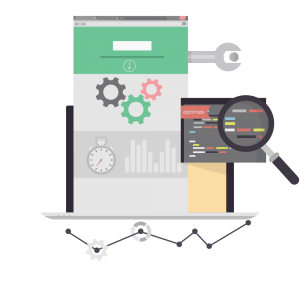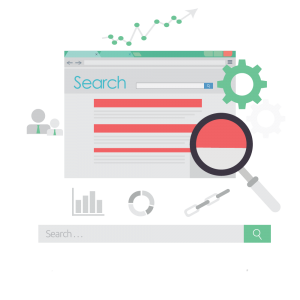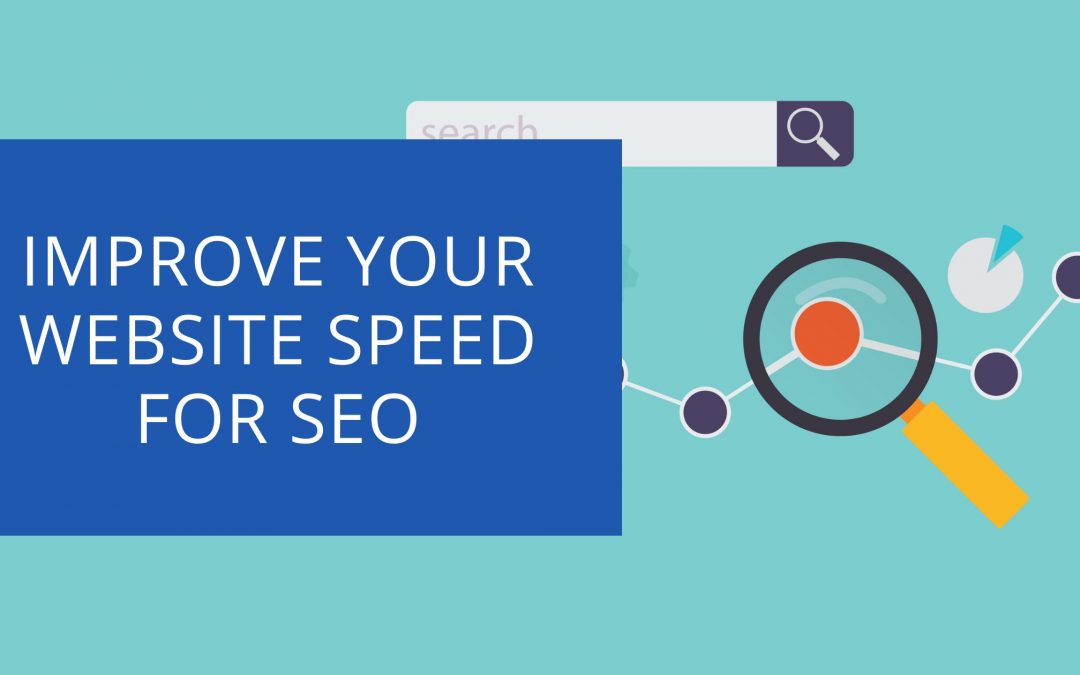One of the most important things you can do to improve your search engine rankings is to make sure that your site loads quickly. Studies show that website speed correlates with higher rankings in their search results.
The faster your website loads, the more likely it is that people will stay on and engage with it, which improves SEO and revenue for your business!
In this post, we will discuss 6 ways to improve website speed for SEO purposes.
Contents
6 ways to improve website speed for SEO
1. Reduce the size of images
Images make up the majority of bytes on most websites. By reducing image file size you can reduce page load times and improve your website speed for SEO. The best way to do this is by using tools like File Optimizer, TinyPNG or JPEGMini (for jpeg images).
 For best results, compress all images before uploading them – even if they are already “optimised”. This will ensure that there’s no loss in quality at smaller sizes when displayed on web pages.
For best results, compress all images before uploading them – even if they are already “optimised”. This will ensure that there’s no loss in quality at smaller sizes when displayed on web pages.
If you’re running ImageMagick locally then it also has some commands which allow you to optimize individual images directly from the command line interface. These include: convert, mogrify and identify – so once installed simply run one of those commands with the filename of the image you want to optimise as an argument.
In addition to reducing file size, be sure to use images that are appropriate for the web and avoid using unnecessarily large or high-resolution photos.
Generally, you won’t need to carry out commands on the command line, you can use plugins to do it on your behalf.
2. Optimise your videos for mobile devices
Optimising videos for mobile devices is an excellent way to improve your website speed. Mobile device users are much less tolerant of long load times than desktop PCs, making it even more important that you make the effort to optimise video files before uploading them.
The easiest way to do this is by using Google Chrome or Opera browser extensions like Video Accelerator – but if you’re running on Linux then some tools will allow you to convert videos without having to download any additional software. These include FFmpeg and HandBrake.
3. Use a content delivery network (CDN) to serve static resources like CSS and JavaScript files from servers that are closest to users
In addition to reducing the size of images and video files, using a CDN is an excellent way to improve website speed for SEO. By serving static resources from servers that are closest to your users you can reduce load times.
This means less server lag which in turn reduces page rendering time – resulting in improved performance on all devices regardless of location or network speeds.
There are plenty of Content Delivery Networks available including MaxCDN, CloudFlare, Amazon SES, and Fastly.
4. Avoid redirects by linking internally whenever possible, and use Apache mod_rewrite or Nginx’s try_files directive to avoid unnecessary requests
 Redirects are very useful in certain situations, but when it comes to website speed they can often cause more harm than good. Redirecting requests for static files requires additional server resources which adds lag and reduces performance – not only on the initial page load, but all future visits too.
Redirects are very useful in certain situations, but when it comes to website speed they can often cause more harm than good. Redirecting requests for static files requires additional server resources which adds lag and reduces performance – not only on the initial page load, but all future visits too.
To avoid redirects whenever possible link directly to images using absolute URLs (e.g.: ../image.png) rather than linking through your CMS or blog platform’s internal image system
This also applies to CSS and Javascript files by linking them directly from within HTML documents whenever possible instead of externalizing these assets out into separate hosts via CDNs
If you are using a CMS such as WordPress, you can use plugins to set up your 301 redirects.
5. Minimize render-blocking JavaScript and CSS in above-the-fold content so that pages render faster on slow connections
One of the main reasons for slow page loads is excessive render-blocking JavaScript and CSS. This happens when web browsers have to wait until all the resources required to display a page (including images, fonts, scripts, and stylesheets) have been downloaded before starting to render the page itself.
To avoid this, minimise the number of resources that are blocking the rendering process by moving them all below the fold or into external files.
You can use the following tools to help identify which files are causing problems: YSlow for Chrome/Firefox, WebPageTest, or PageSpeed Insights
Once you’ve identified any potential offenders you can then take steps to move them below-the-fold or into separate files using techniques like concatenation, minification, or inlining.
6. Optimize your MySQL queries for faster performance
One of the main causes of slow website speeds is poorly optimized MySQL queries. This can be caused by a number of factors, including incorrect indexing, using deprecated functions, or not taking advantage of caching mechanisms.
To ensure that your MySQL queries are as fast as possible use a tool like MyISAMchk to identify and fix any problems, and make sure you’re taking advantage of all available caching options – including the query cache, memcached, and APC.
You should also consider splitting large tables into separate tablespaces and using replication for extra performance scalability.
SEO Page Speed FAQ
What is website speed and why is it important?
Website speed is the time it takes for a web page to load. It has been shown that faster pages lead to higher visitor engagement, retention, and conversions. In addition, Google now uses website speed as a ranking factor in its search results.
How can I measure my website’s speed?
 There are a number of online tools which can help you measure your website’s speed, including YSlow, WebPageTest, and PageSpeed Insights. These tools will analyse your page and provide feedback on ways to improve performance.
There are a number of online tools which can help you measure your website’s speed, including YSlow, WebPageTest, and PageSpeed Insights. These tools will analyse your page and provide feedback on ways to improve performance.
What are some common causes of slow website speeds?
Some of the most common causes of slow website speeds include:
- Excessive render-blocking JavaScript and CSS
- Poorly optimised MySQL queries
- Unnecessary redirects
- Excessive images
- Lack of caching mechanisms
How do you test page load speeds?
There are a number of online tools which can help you test your page load speeds, including YSlow, WebPageTest and PageSpeed Insights. These tools will analyse your page and provide feedback on ways to improve performance.
What is browser caching?
Browser caching is the process of storing files (such as images, CSS and JavaScript) on a user’s computer so that they don’t have to be downloaded again the next time they visit your website. This can help speed up page loads by reducing the number of requests made to your server.
What is a Lazy Loader?
A lazy loader is a technique used to delay the loading of images (or other resources) until they are needed. This can help speed up page loads by reducing the number of requests made to your server.
We Offer SEO Services Nationwide
- Chester:https://mediakynect.co.uk/seo-chester/
- Wirral: https://mediakynect.co.uk/seo-wirral/
- Liverpool: https://mediakynect.co.uk/seo-liverpool/
- North Wales: https://mediakynect.co.uk/seo-north-wales/
- Wrexham: https://mediakynect.co.uk/seo-wrexham/
Conclusion
These are just a few of the many ways that you can improve website speed for SEO. By following these tips you’ll not only provide a better user experience but also improve your search engine rankings and organic traffic.

